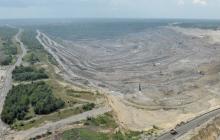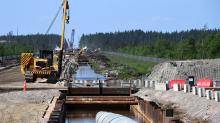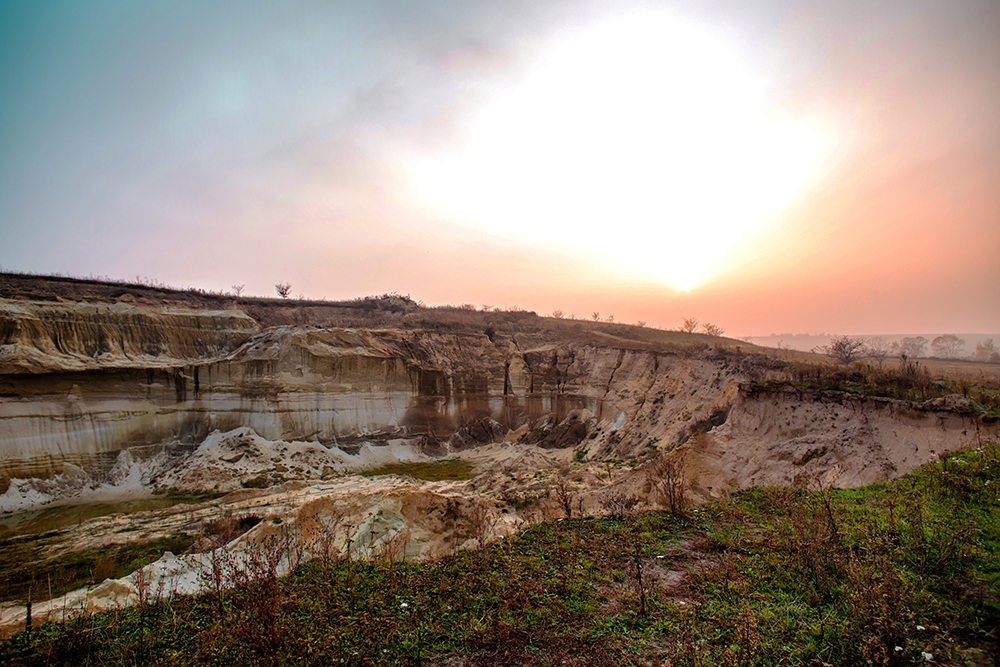
The volume of aggregates production in Ukraine is steadily growing despite the ongoing spread of the coronavirus (COVID-19) in the country harming the national economy, according to recent statements by representatives of local producers and industry analysts.
As in the past, the most significant growth in production is in crushed stone – the industry’s main export and traditionally highest output product.
The majority of Ukraine’s crushed stone output has historically been for export customers. However, in recent years, Russia, which takes 90% of all Ukraine’s exported crushed stone, has introduced a licensing process for all crushed stone supplied from the country. This has led to a dramatic reduction in exports of Ukrainian crushed stone - from 20.2 million tonnes in 2014 to 2-3 million tonnes annually in the last few years.
In December 2020, due to ongoing tensions between Ukraine and Russia, the Russian authorities imposed a package of sanctions against Ukrainian goods. However, they made an exception for some crushed hard rock stone from Ukraine. As a result, last year permission was granted by the Russian government for Ukraine to supply 1.7 million tonnes of this aggregates material to Russian customers.
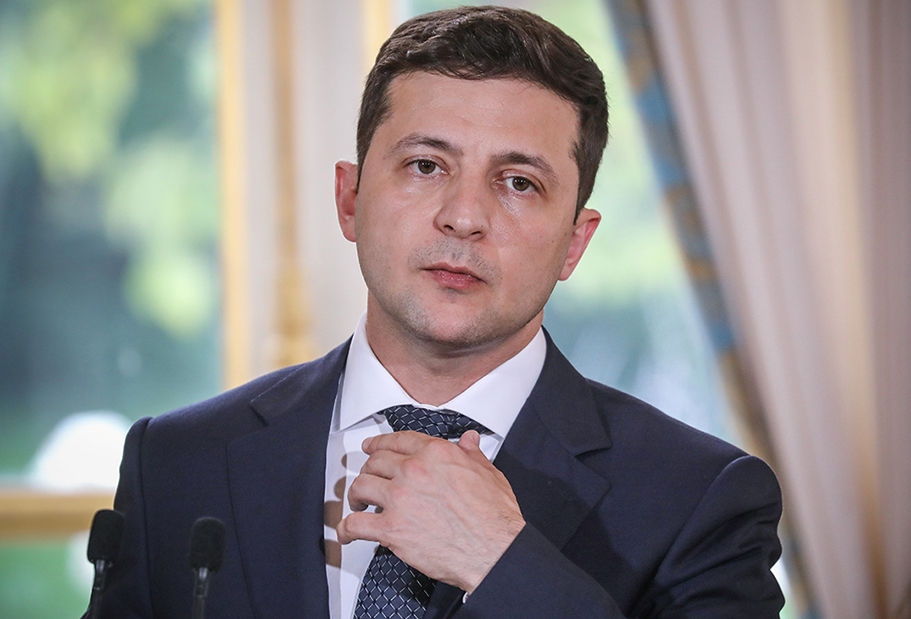
Despite the significant reduction of crushed stone exports to Russia, the Ukrainian aggregates sector has not stagnated, as the volume of domestic demand and production continues to grow.
According to data collated by Pro-Consulting, one of Ukraine’s leading aggregates business market analysts, the production of Ukrainian aggregates has been steadily growing since 2015. Pro-Consulting says this is mainly due to the recovery of the country’s national economy following the crisis and its consequences and the growth of demand for crushed stone from prominent local consuming industries.
According to Pro-Consulting data, in 2020 the production of crushed stone in Ukraine amounted to 81.9 million tonnes, which is 9.2% more than in 2014. While official results for 2019 are still to be published, Ukrainian analysts believe aggregates production levels will be akin to recent year volumes.
Analysts also predict the end of the coronavirus pandemic will act as a catalyst for the rapid development of the Ukrainian aggregates industry. Swift aggregates sector growth will lead to an increase in the number of companies operating in the marketplace, continuing an already notable trend over recent years.
In contrast to the past, when the bulk of aggregates businesses were small- to medium-sized enterprises, large Ukrainian firms are now focusing on the industry’s commercial potential. For example, TAS Group, one of Ukraine’s most significant financial groups, owned by billionaire Sergey Tigipko, plans to accelerate the development of its dimensional stone quarry, located in the Zhytomyr region in western Ukraine, a traditional hotbed of national aggregates production. In addition to Zhytomyr, large aggregates quarries can also be found in Vinnytsia and Volyn.
Existing aggregates producers have also announced plans for the modernisation of their business, mainly via the installation of new latest technology-based equipment at their production sites. This will allow producers to improve the quality of their final products.
Pro-Consulting notes that Ukrainian aggregates sector development will also benefit from the growth of the domestic construction industry. In recent years, there has been a notable increase in the amount of new residential housing built in some of Ukraine’s largest regions, including Kiev, Lviv and Odessa.
Pro-Consulting also offers an element of caution by stating that much of Ukraine’s aggregates sector growth hinges on the delivery of large infrastructure projects in and around Kiev and the western regions of Zhytomyr, Poltava and Rivne. At the time of writing, these projects were facing considerable disruption due to the COVID-19 pandemic.
Due to sufficient reserves, Ukraine has been able to export its aggregates and sell them at very competitive prices (from UAH 120 to UAH 220 (€4.03-€7.40) per tonne). The national government plans to increase exports of aggregates, to countries including Poland, in the years to come.
Belarus will continue to be used by Ukrainian crushed stone exporters as a transit point for the supplies of their products further east, to Russia.
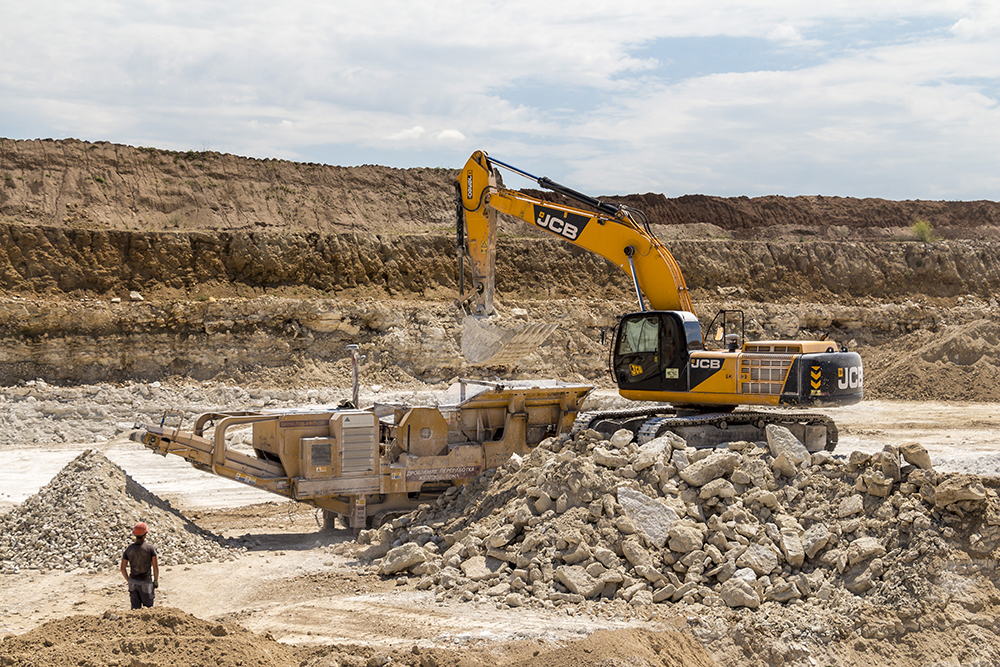
In recent years, Ukrainian producers have significantly increased exports of their aggregates to Russia via Belarus, allowing them to avoid existing licensing barriers imposed against them by the Russian government. Belarus is a member of the Customs Union of Russia, Kazakhstan, Armenia and Kyrgystan.
According to various sources, supplying their aggregates to Russia through Belarus has allowed Ukrainian crushed stone exporters to increase their supplies to the Russian market by up to 10 million tonnes per year. Ukrainian crushed stone supplied to Russia via Belarus has been used in large-scale Russian infrastructure projects, such as the building of the 19km-long Crimean road and rail bridge.
Worryingly, the Russian state is looking to restrict the import of Ukrainian aggregates via Belarus and is considering, among several options, the introduction of quotas on the further supplies of crushed stone from Belarus. The Russian Federal Customs Service is advising the Russian government that the future volume of aggregates supplied via Belarus should be based only on Russian aggregate need.
Analysts believe Ukraine’s roadbuilding sector will be another growth driver for the Ukrainian aggregates industry. The recently created State Road Fund has already begun allocating funds for the construction and reconstruction of roads throughout Ukraine.
According to recent statements by the Ukrainian Ministry of Infrastructure, a state agency responsible for roadbuilding development, UAH 70bn (€2.361bn) will be accumulated annually in the road fund between 2020 and 2022. Such a figure is welcome news to Ukraine’s growth-hungry aggregates sector.

